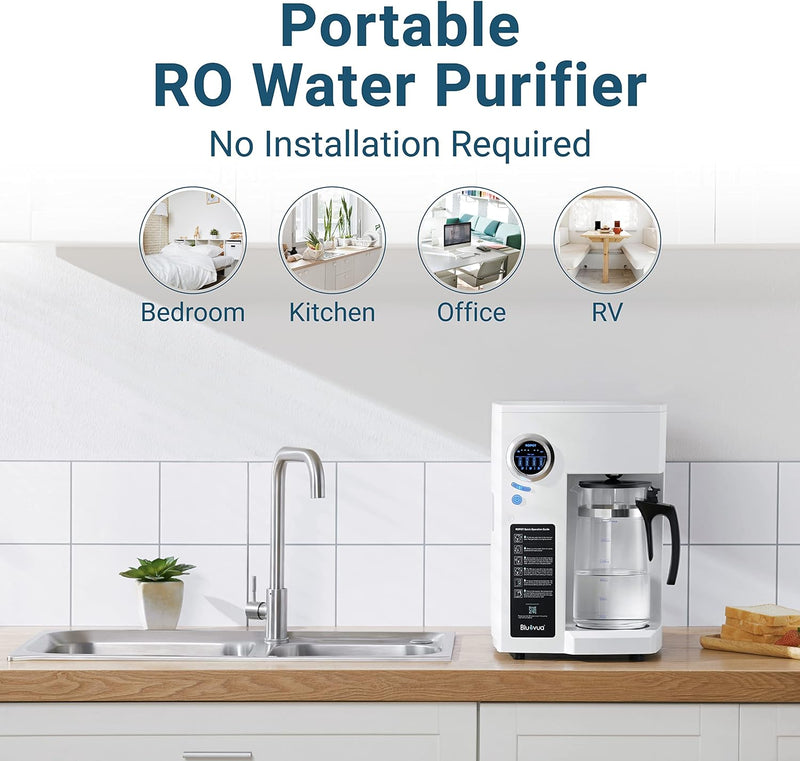In today's world, access to clean drinking water is essential for health and well-being. One of the most effective methods for ensuring water purity is through reverse osmosis water filter systems. But how do these systems work, and why should you consider installing one in your home? Let's delve into the details.

What is Reverse Osmosis?
Reverse osmosis is a water purification process that removes contaminants from water by using a semipermeable membrane. This technology is widely used in both residential and industrial settings to produce high-quality drinking water. The process involves applying pressure to overcome osmotic pressure, allowing water molecules to pass through the membrane while leaving impurities behind.
How Do Reverse Osmosis Water Filter Systems Work?
The operation of reverse osmosis water filter systems can be broken down into several key steps:
- Pre-filtration: Before water reaches the reverse osmosis membrane, it passes through pre-filters that remove larger particles and chlorine, which can damage the membrane.
- Reverse Osmosis: Water is then forced through the semipermeable membrane, which allows only water molecules to pass while blocking contaminants such as salts, heavy metals, and microorganisms.
- Post-filtration: After passing through the membrane, the water may go through additional filters to enhance taste and remove any remaining impurities.
- Storage: Finally, the purified water is stored in a tank, ready for use.
Benefits of Using Reverse Osmosis Water Filter Systems
Investing in a reverse osmosis water filter system offers numerous advantages:
- Improved Water Quality: These systems effectively remove up to 99% of contaminants, ensuring you have access to clean, safe drinking water.
- Cost-Effective: While the initial investment may seem high, the long-term savings on bottled water and health benefits make it worthwhile.
- Environmental Impact: By reducing reliance on bottled water, you contribute to less plastic waste.
- Convenience: Having a reverse osmosis system at home means you can enjoy purified water at any time.
Choosing the Right Reverse Osmosis Water Filter System
When selecting a reverse osmosis water filter system, consider the following factors:
- **Capacity:** Ensure the system can meet your household's water consumption needs.
- **Filtration Stages:** Look for systems with multiple filtration stages for optimal purification.
- **Maintenance:** Choose a system that is easy to maintain and has readily available replacement filters.
"Investing in a reverse osmosis system is not just about water; it's about health and sustainability." - Water Quality Expert
Conclusion
In conclusion, reverse osmosis water filter systems are an excellent solution for ensuring the purity of your drinking water. By understanding how these systems work and the benefits they provide, you can make an informed decision about your water quality needs. For those interested in exploring options, consider checking out the latest reverse osmosis systems available on the market.

For a visual understanding of how reverse osmosis works, watch this informative video: Reverse Osmosis Explained.